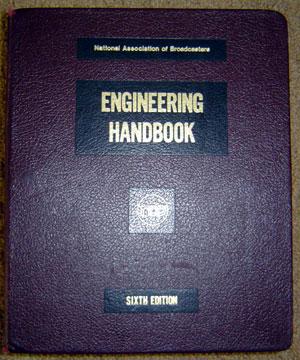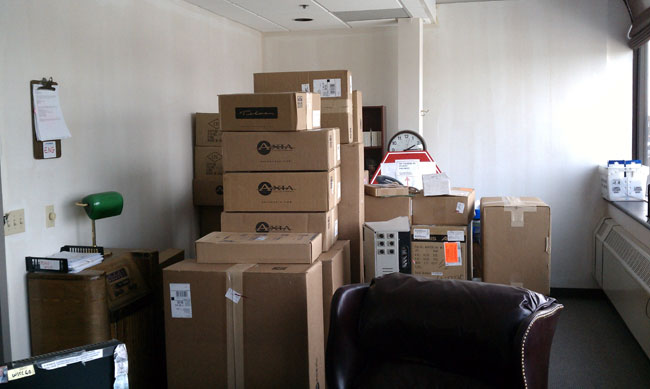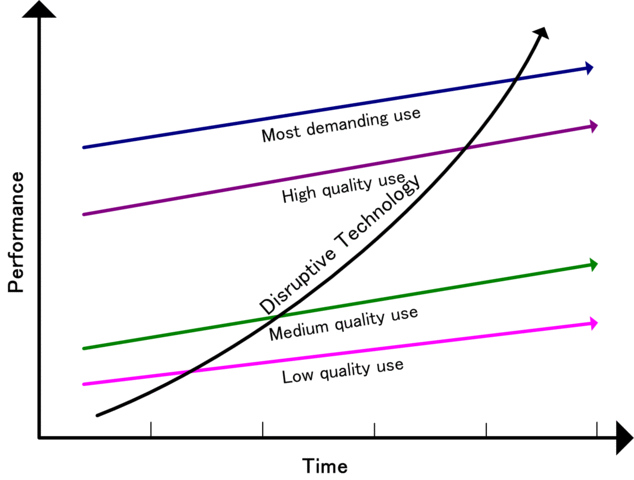
I just found my old copy of the NAB Engineering Handbook, sixth edition. I have enjoyed thoroughly looking at the AM antenna sections. It reminds me, that while we tend to think we have come up with new answers to old problems, really most of this was figured out a long time ago, this particular edition was copyrighted in 1975.
It is a thick book and covers AM, FM, and TV broadcasting technology as it was understood in 1975. There are several chapters about “current” things that no longer apply, there are also many very useful items, such as studio construction, AM and FM broadcast antennas, tower maintenance, and so on.
I will keep this on my shelf because it is an interesting primer on AM broadcast antennas with all attendant formulas and charts. It is quite interesting and fun if one is looking for the theoretical efficiency of a 185-degree radiator at 1 mile. I remember WPTR (now WDCD) in Albany had a three-tower with 206-degree radiators, 50 KW carrier power on 1540 KHz. It seemed to be quite effective, when I was chief engineer there, we used to get reception reports from South Africa.
Perhaps one day, I’ll put some of that information to good use with an AM station of my own.






I have the exact book sitting on my shelf at work.
Now you’re talking. Your own AM station. See ya someday on the 160m ham band …
Scott
KD5NJR
I have the book also, and it is/was a disappointment. Many errors in the AM transmitter section; the pictures don’t match the descriptions! It appeared to me that in 1975, the NAB didn’t seem to care about getting it right. And none of the stations I worked for in the ’60’s were members. In fact, one daytimer I worked for was previously a member, and said the membership was a political contribution to Washington, DC, and they would never renew their membership. They really have in many cases been a pile driver that has pounded the industry into the ground over time. All of their agenda is controlled by the “big boys” and the networks. The $50 I spent for this book in 1976 (which was big money back then) was a waste.
I’m looking for about the grounded systems (transmitters and towers and others equipments)
Thank you